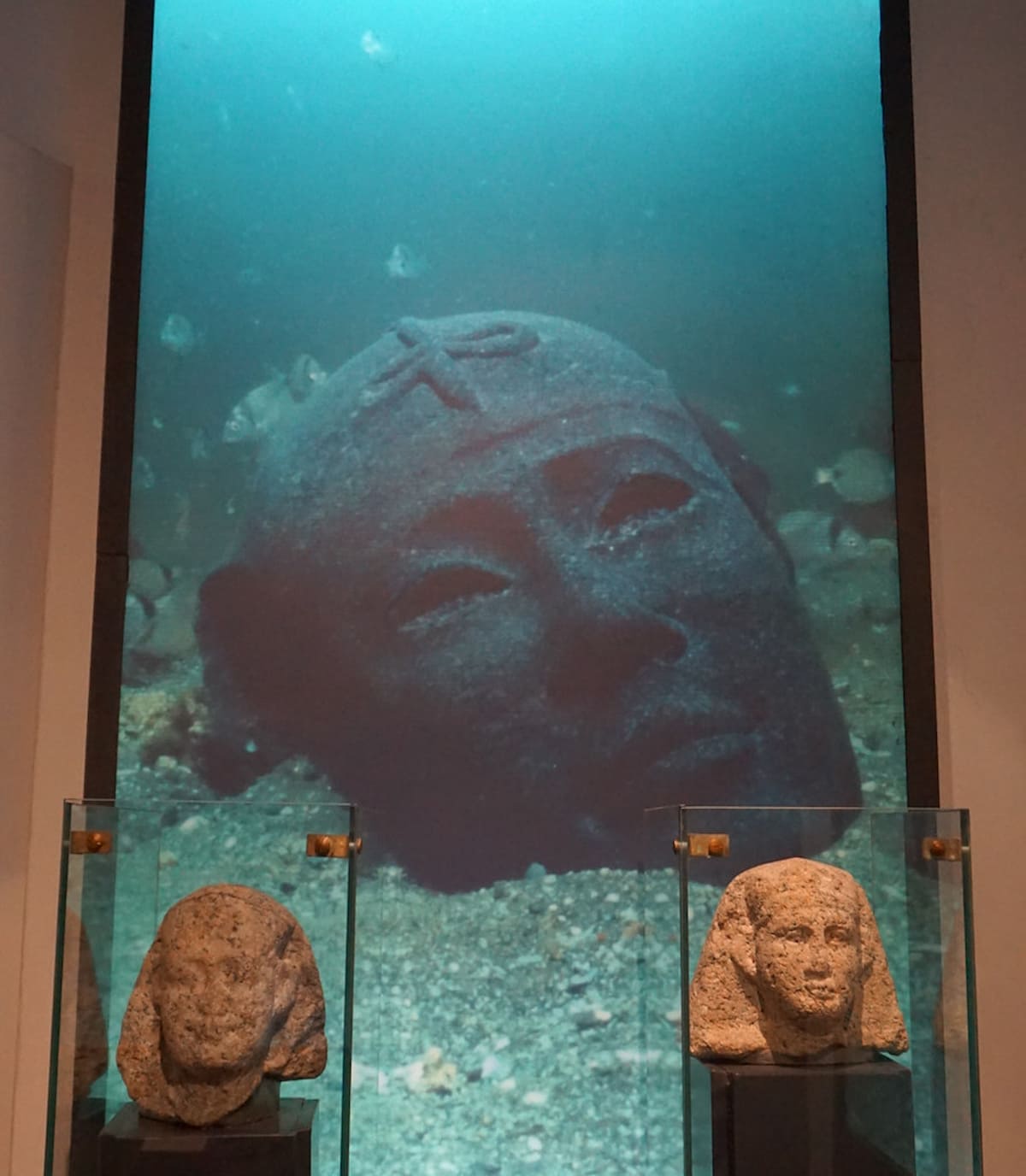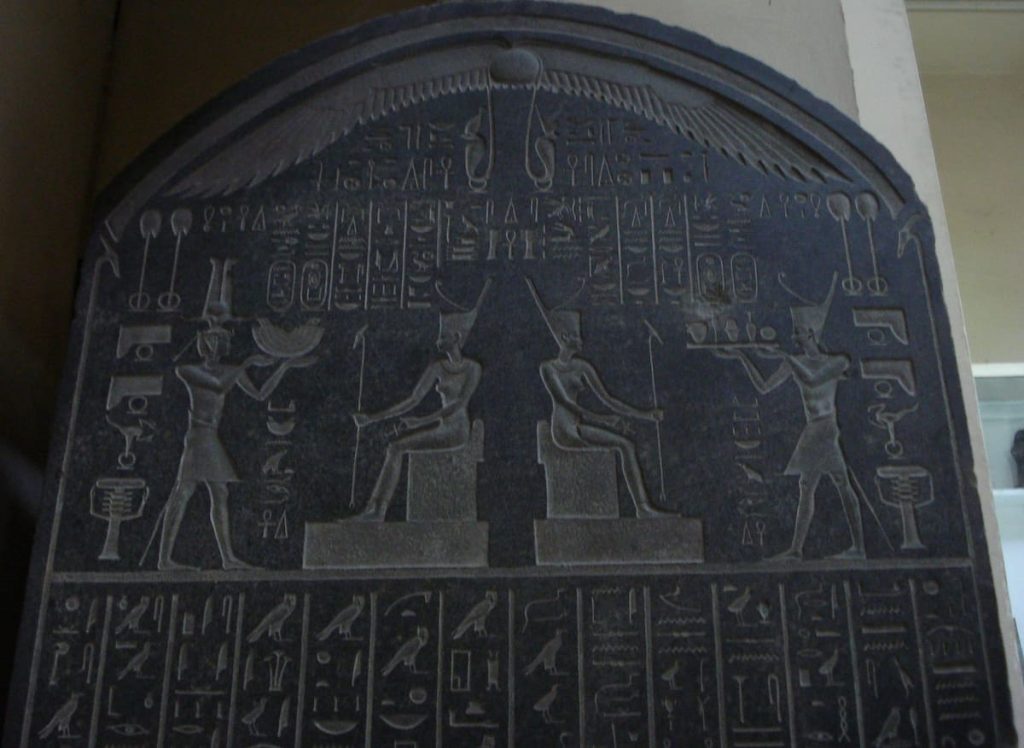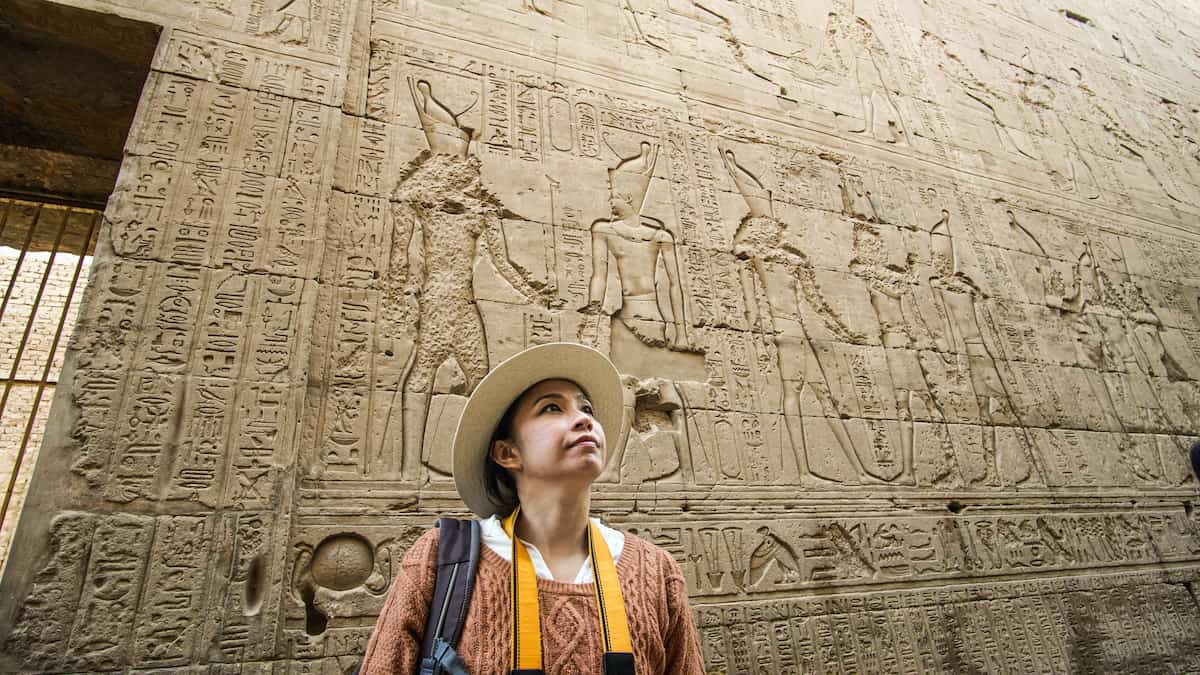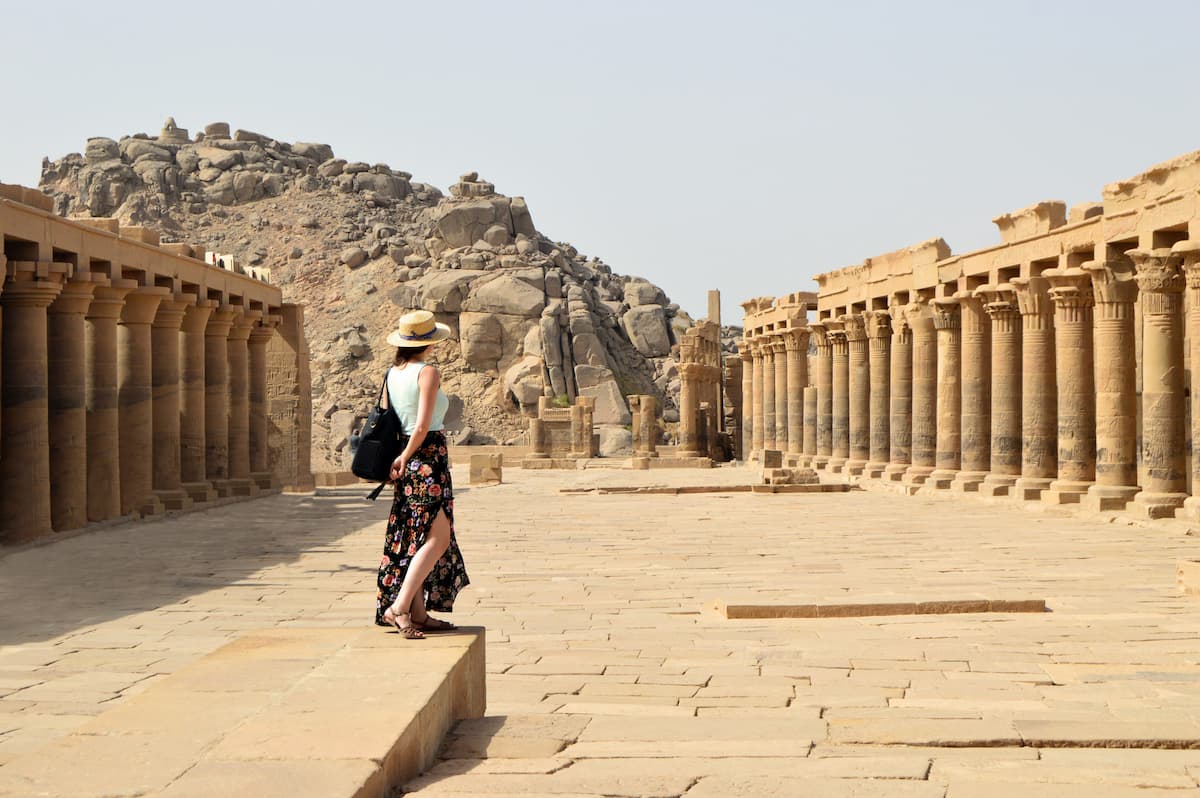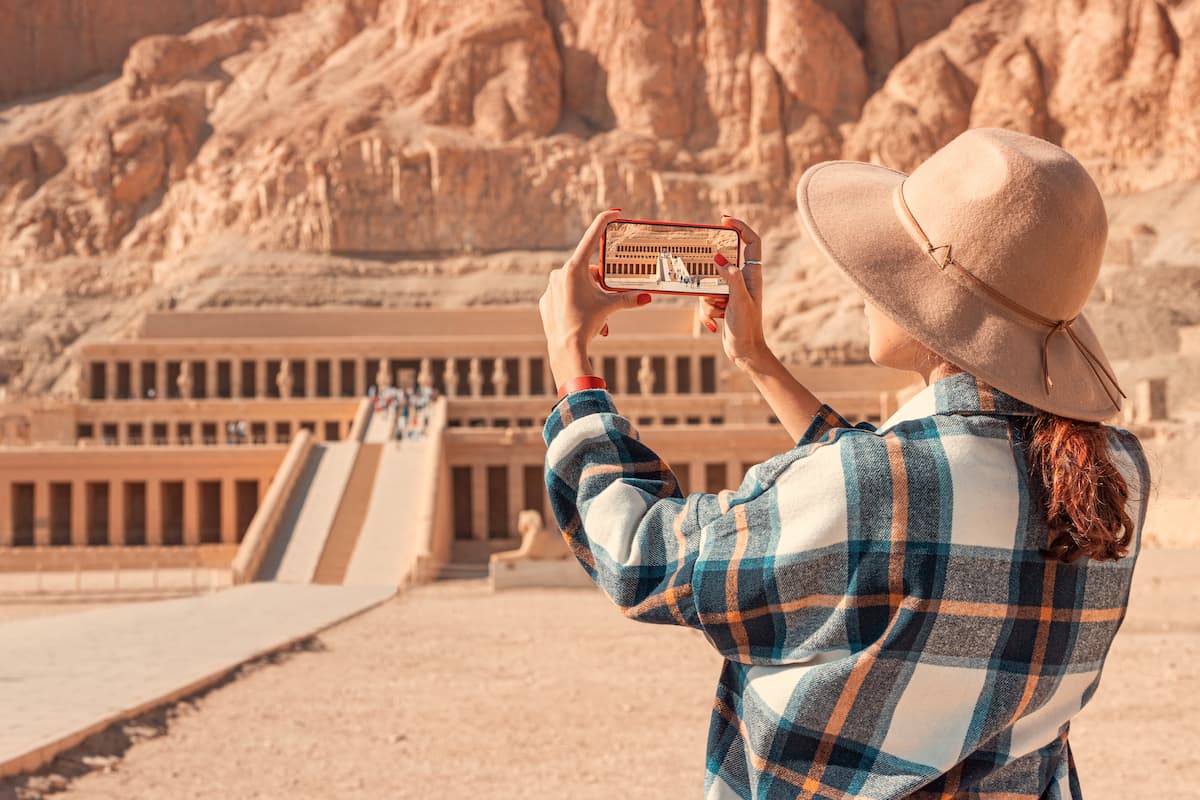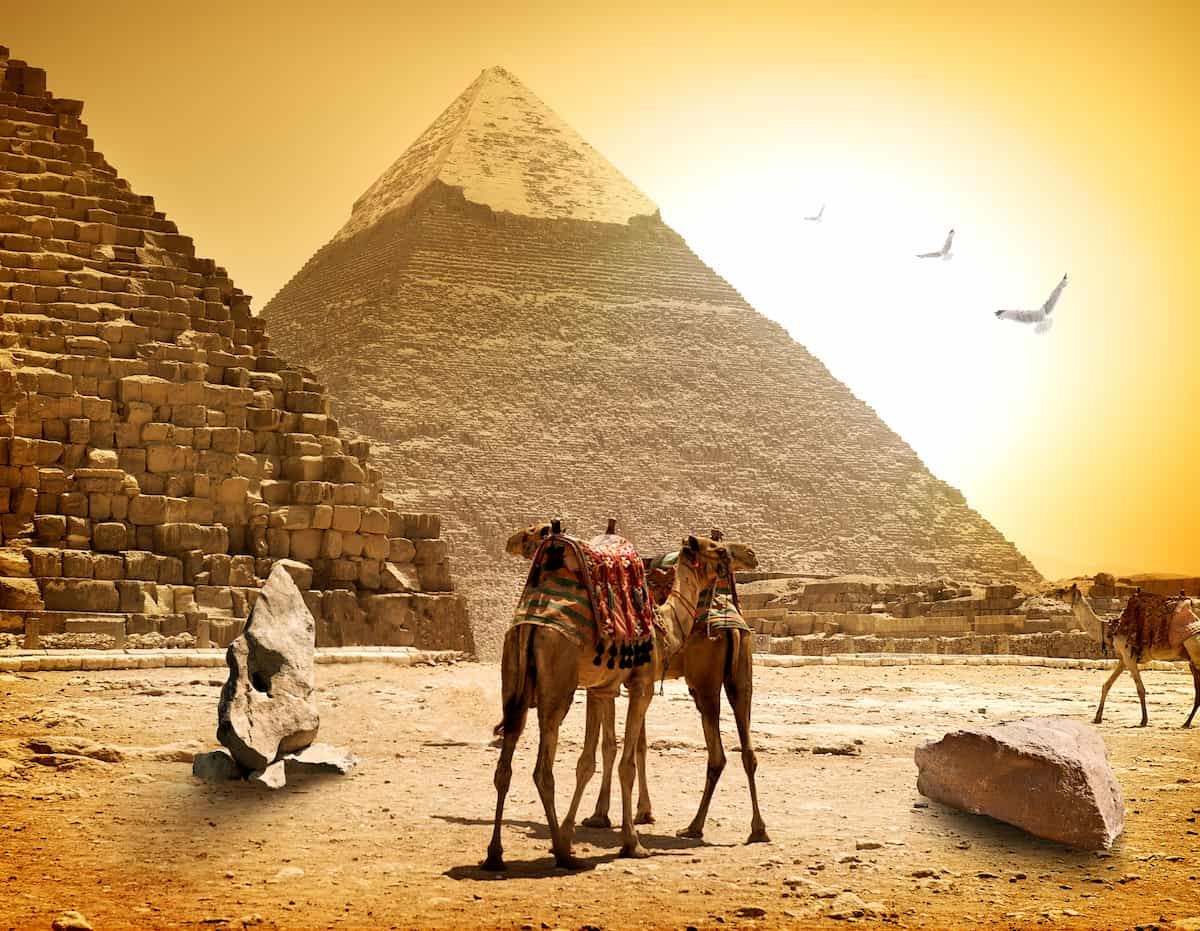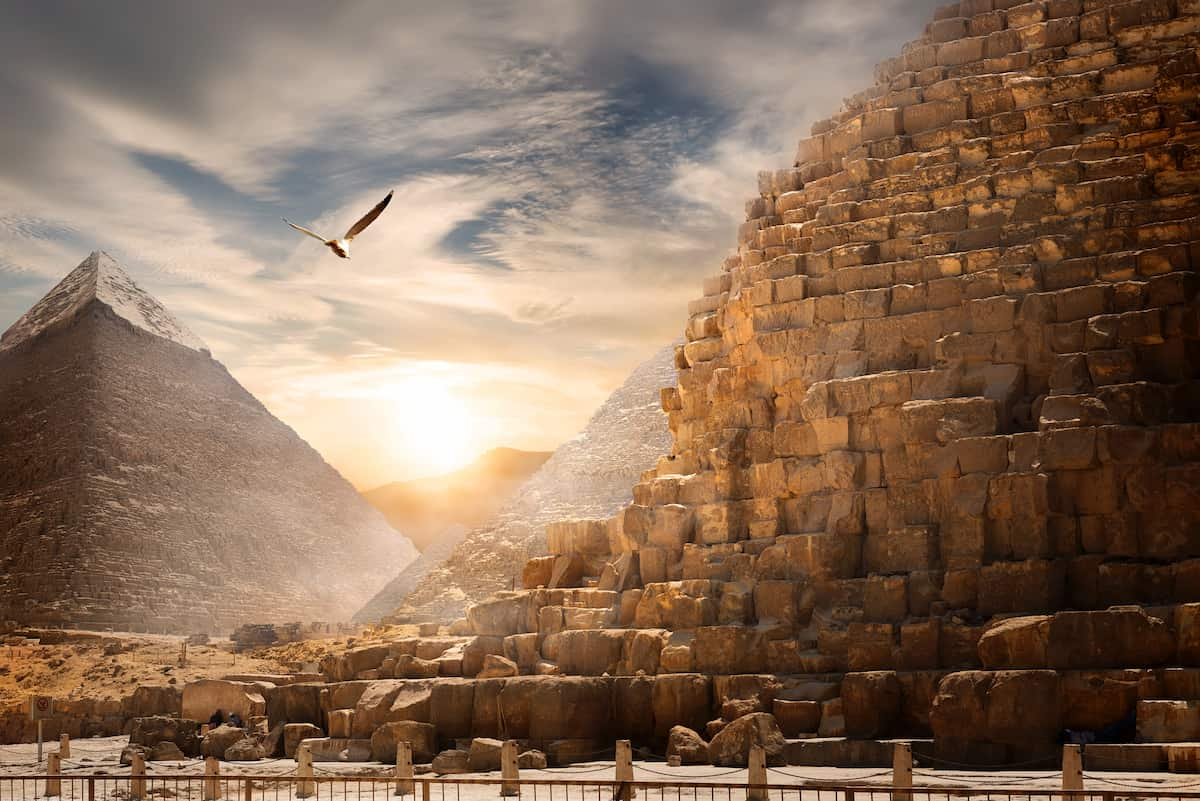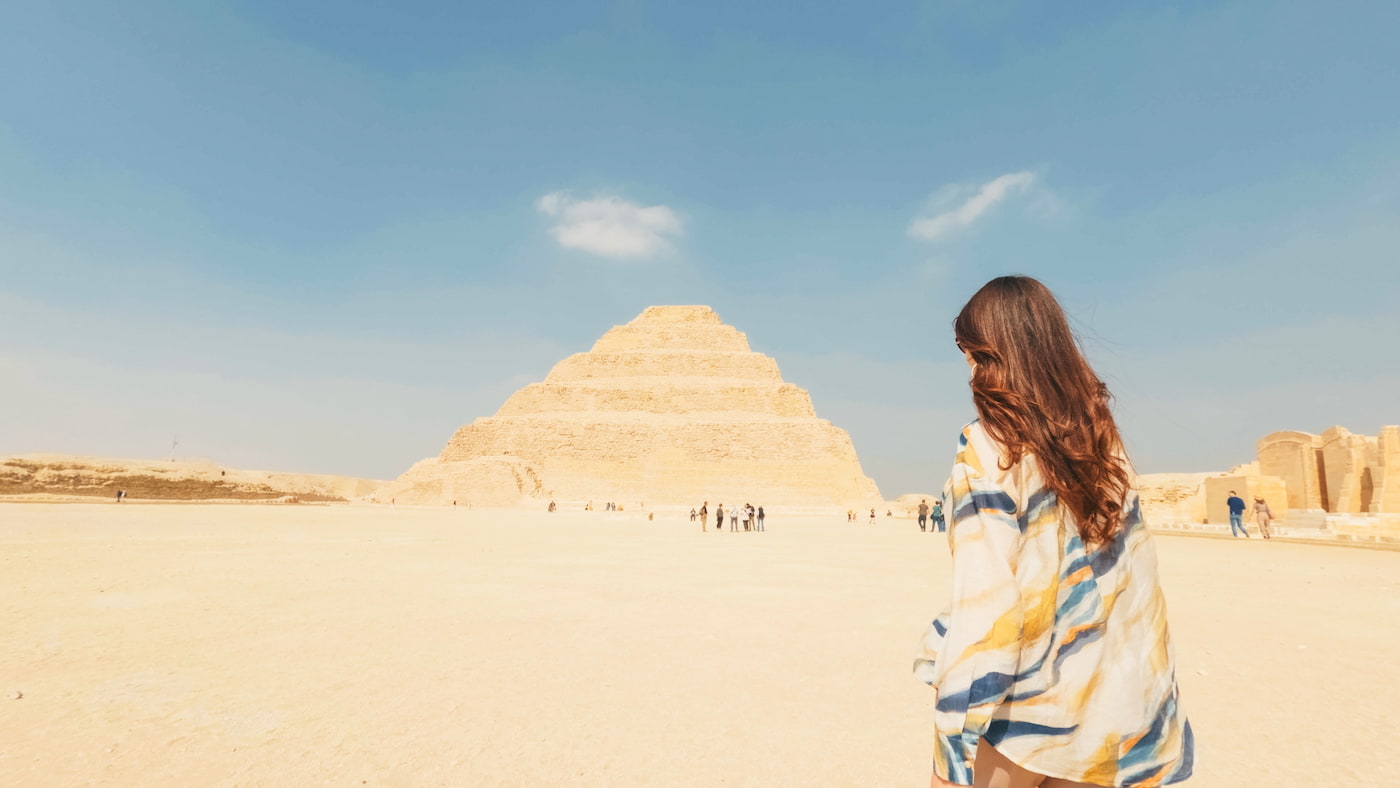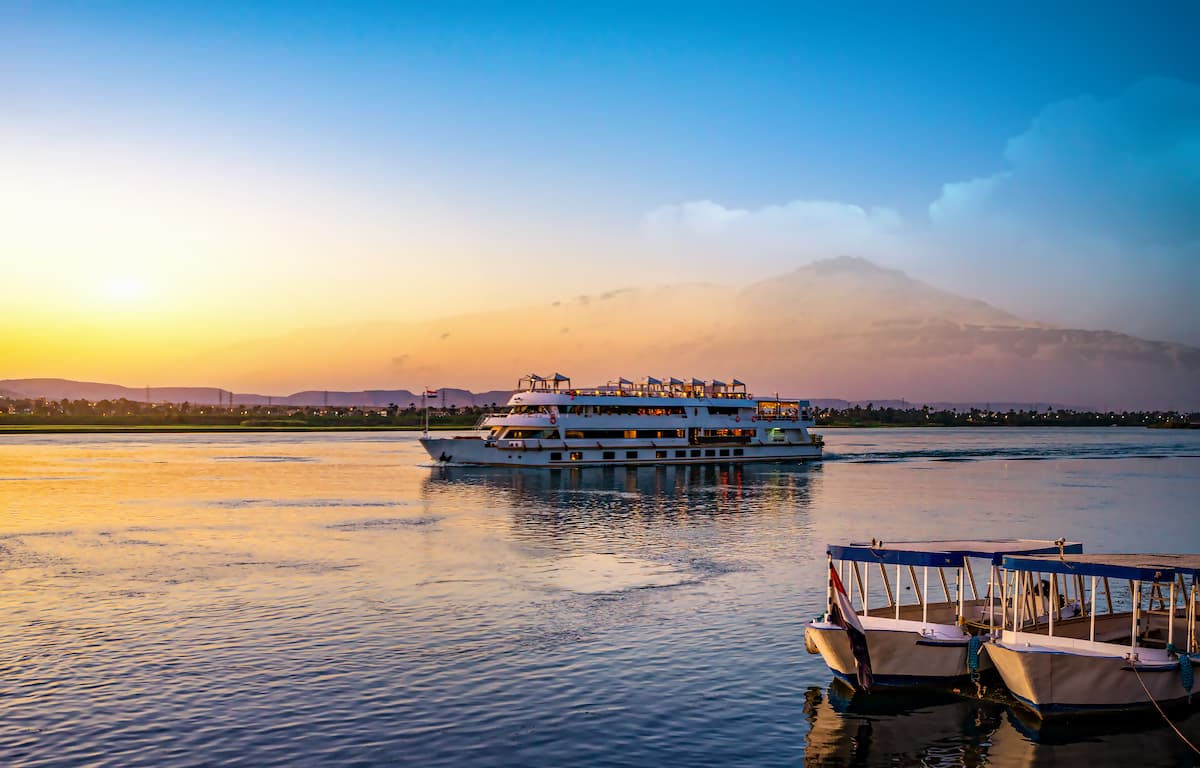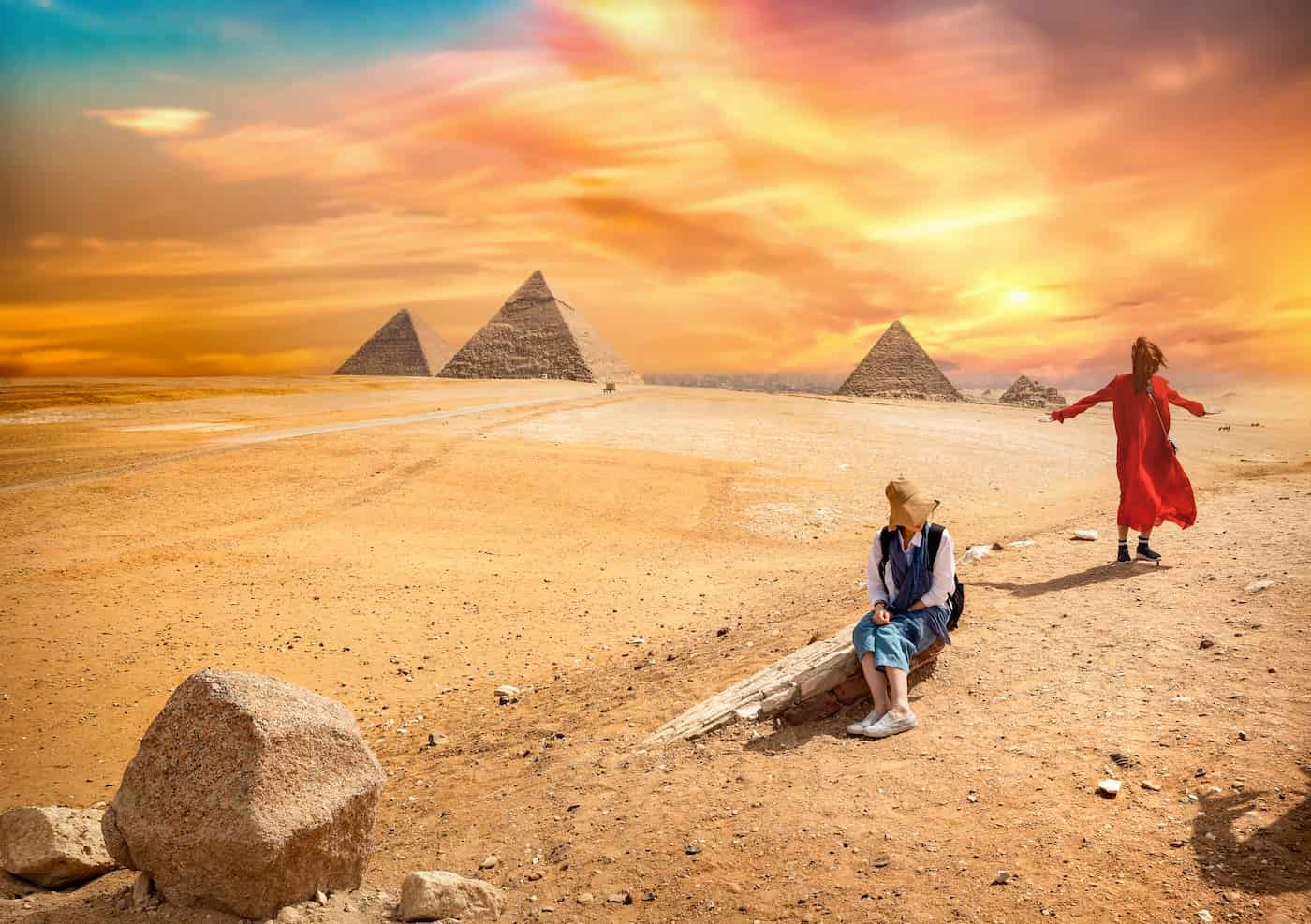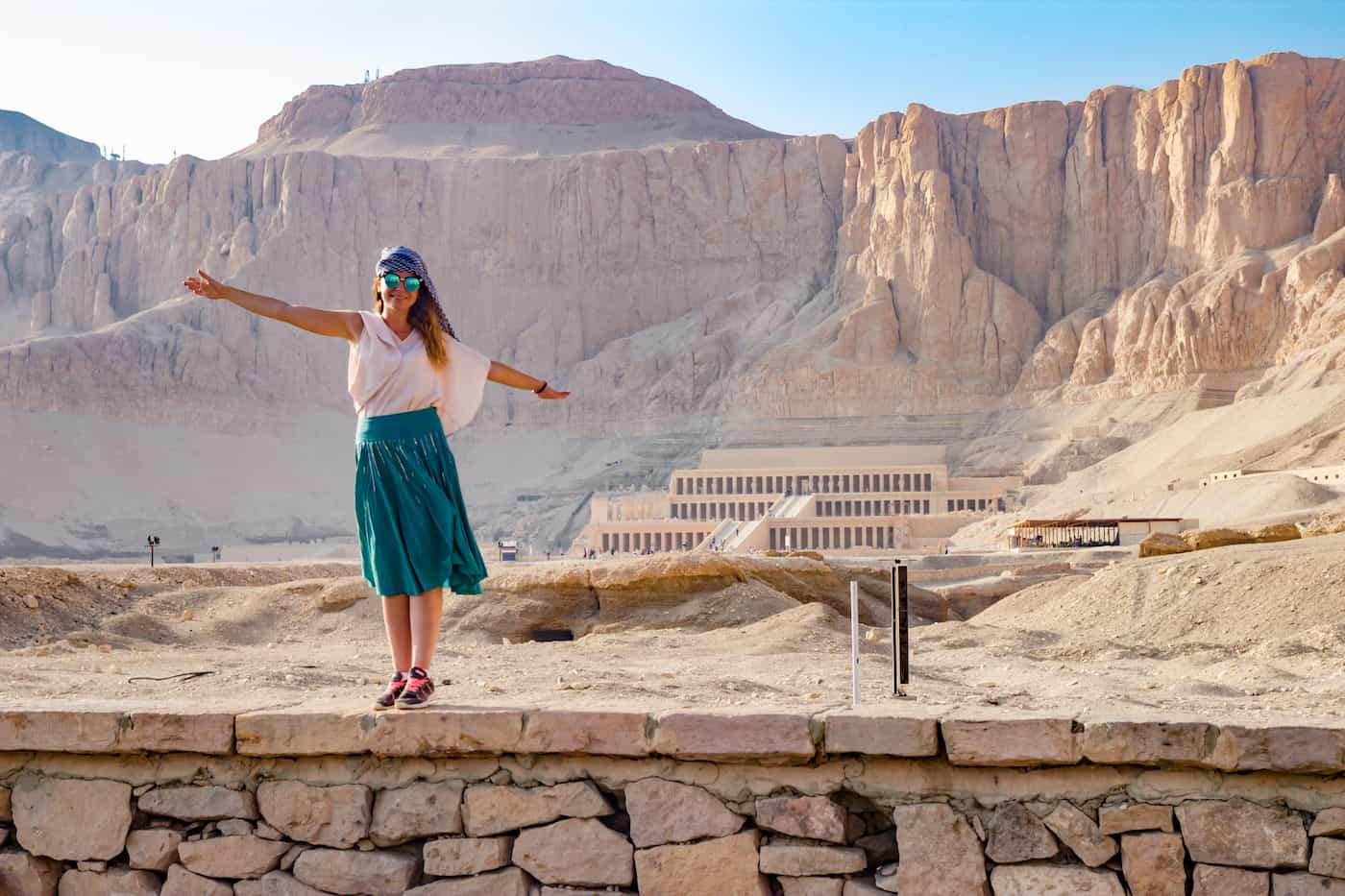The Sunken City of Heracleion: A Comprehensive Guide to Egypt’s Lost Atlantis
A Legend Brought to Light
Imagine a story where a famous city, told of by ancients such as Herodotus, lies not on the surface of the earth, but under the blue waves of the oceans. Heracleion underwater ruins. Over the years, travelling, the name of “Heracleion” was present, such a record only existing in history books, where many other sunken. In this city, Herakles was said to have landed in Egypt from the water, using the port city, which was nothing but mythical. The truth about the other half of the city called “Thonis” was revealed only with the help of the discovery made in 2000.
Inquirer French underwater expert and archaeologist Frank Goddio and his team found the remains of a city in Abu Qir Bay, not far from the Egyptian city of Alexandria. A fascinating ancient history, which depicted life as it was about a thousand years ago, before the media collapsed and was clogged by a ton of sand and silt. In this essay, we will present the most interesting Heracleion Underwater Ruins’ numerous findings of its historical land and compare it as an international priority as the most preferred public and Chechnya. Also where geography ercroses intermingled, wehe bath aigue in wew have seen development. The history of this town is not lacking the It is pretty much its right context of modern archeology.
🌊 Explore Alexandria & Egypt’s Sunken City
Dive into the mysteries of Heracleion, Egypt’s lost city beneath the waves, and stroll through the historic streets of Alexandria.
Experience a journey where ancient legends, underwater treasures, and vibrant coastal life come together in one unforgettable tour.
1- Why Was Heracleion City Built?
In ancient Egypt, a port called Heracleion or Thonis-Heracleion was built as a vital trade outpost between the Delta region and the Mediterranean Sea. Being located at the Canopic Mouth of the River Nile, and in such an advantageous position, allowed the city to operate as a main port in Egypt long before the emergence of Alexandria. The establishment of the city was to limit and conduct of commerce, acting as a transit point whereby taxes and fees in respect of goods from Greece, Phoenicia, and other Mediterranean regions were accumulated.
The city became not just a key trading economic center, but it also gained a backgrounded religious and state importance. This was where the great Temple of Amun was built as a sacred site by the pharaohs, priests, and foreign embassy officials to perform rituals that honored the gods and confirmed the rights of the rulers. The city was richly steeped in Egyptian myth as well; tales suggest that it was involved in the myths of Heracles and Helen of Sparta, and this influenced the name ‘Greek’ given to it.
The twin functionality of ‘assuming and exercising power’, mainly becoming a source of national pride and radiating spirituality and economic wellbeing, ensured that the city was the best built during its era.
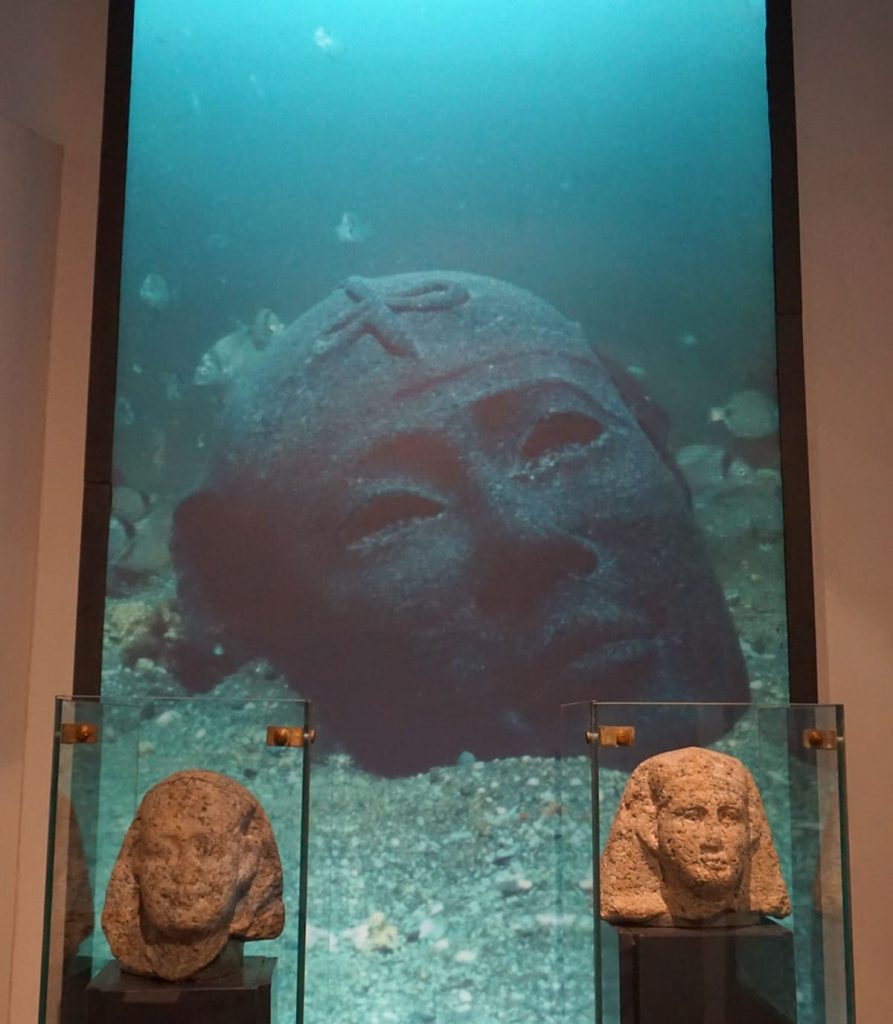
2- Historical Importance and Cultural Crossroads
-
The Rise of a Port City:
Before the establishment of Alexandria, its predecessor, known as Heracleion, Thonis to the Egyptians, was the landing point in Egypt for every trade coming over the Mediterranean. Located in the delta of the Canopic River, it had a grip on all Mediterranean voyages leading to Egypt. The city had monopoly powers over naval transport, so it levied taxes, dictated the number and size of all cargoes on board, posted sentries, and guarded the entrance to the Nile against property or emigrating people.
Heracleion Underwater Ruins. She was a human settlement built on several small islands, with a vast tangle of canals, interconnected by wooden bridges. An impeccable indication of the lake dwelling touch, its well-arranged arrangement of bases, wharves, and granaries on the waterways was transfixing. Cargo vessels would arrive from the Mediterranean far away, dock at its busy port, undergo customs, get loaded, and then be transported upriver into the very heart of Egypt.
This mix of wealth and economic control, as well as their structural organizational ability for the waterworks, made Heracleion the melting-utilitarian amenities of which were closely combined with the mobility of the city that was situated between the two civilizations on the crossroads pt the Nemean and the Egyptian.
-
A Blend of Cultures:
It could be argued that Heracleion was a place of many worlds, two of them closely united in its geographic location. To the Egyptians, Thonis was called; and they referred to it as a fortified town, a harbor and a port, and a religiously empire city. Although the Greeks referred to it as Heracleion, as it was named after the famous Greek hero Heracles, who had visited the city. The two names, Thonis and Heracleion Underwater Ruins, demonstrate that both Egypt and Greece regarded the city as an important point in their histories.
The practice of religion in Heracleion appealed to this blending of different cultures, serving as a point of focus for the city’s social gatherings. This domain was in the core of the city in the mighty Temple of Amun Gereb, a place of importance in Egypt that both native pharaohs and foreign leaders used to appear and offer veneration to elicit the Gods’ favour towards their reign. Adjacent to it, an ancient Greek sanctuary belonging to Aphrodite has been etched out by archaeologists, showing how Greek religion intruded into the established Egyptian way of worship.
The city was also lived in by Greek military personnel who had been assigned to protect business activities in Egypt and to perform other functions that were needed by the pharaoh. Then came the natural integration of traditions, with the Egyptian gods being seen from the Greek myth’s point of view, and the Greek gods prayed and offered sacrifices together with the Egyptian gods. Due to this, Heracleion Underwater Ruins not only served as a trading center but also left as the very few places where cultures of two people mixed and artworks, beliefs, and ways of life began to get influenced respectively.
3- The Mysterious Cataclysm of Heracleion Underwater Ruins
The fall of Heracleion did not happen at a single point in time; it was rather the result of multiple forces of nature over a long period of time. The prevailing among them is that a series of disastrous earthquakes and such water disasters as waves occurred as shocks in the Nile delta zone over the years, leading to devastation and destruction of the country. These vibrations caused the soil to move rampant, hence the cracking and fissuring of all tall buildings in Heracleion.
One very prominent geographic factor that contributed positively to the deluge of the city is the phenomenon of soil liquefaction. When a series of solid rich silts and red rock deposits slumber beneath the floating city of Heracleion, and these are found upon the ground, in the case of an earthquake, all the weight of the silt was bearing down on the red rocks, causing the mass of silt to lose its strength and act like water. This led to the listing and break out proliferation of numerous structures, some weighing a number of tonnes, that all went down the water levels of the Mediterranean.
The passing away of the city happened slowly instead of suddenly or quickly as it may appear. The functional regions, for one, of the morphologic city of Samara and its relationship to the flooding presented almost a complete guide on the century-long flooding of that former city called the bomb, even though it has not been urged as a case study for this particular study, and second, the consolidative. Consequently, recognizing a classical word such as hydros, which refers in the Greek language to Saline water as a product of the complete drying of fresh water.
4- The Incredible Treasures Unearthed in Heracleion Underwater Ruins
-
Colossal Monuments:
The uncovering of Heracleion offered a spectacular manifestation of remnants that bespeak the magnificence of the city. Probably the most awe-inspiring finds are those colossal monuments that once dominated the sacred precinct of the city. Divers uncovered amazing 16-foot statues of a Pharaoh and his Queen, along with Hapi, with incredible detailing. Being the largest ever found in terms of size, these sculptures stood for power, favor of the gods, and the supreme Egyptian craftsmanship in monumental art.
The Stele of Heracleion, an inscribed stone dated to 380 BC, was almost equally important. After centuries, these last sought historical pieces of evidence claimed that Heracleion and Thonis-which until then were suspected to be separate cities-were practically the same town. The inscriptions on the Stele not only confirmed the city’s dual name but also gave insights into the regulations concerning trade, temple offerings, and the political importance of the city.
These monumental finds, preserved for more than two thousand years under layers of silt, are more than relics; they form strong reminders of a city once placed at the very center of Egypt’s maritime empire. In unison, they vividly speak of Heracleion’s life both as a religious center and as a proper commercial center.
-
Ritual and Religious Artifacts:
The colossal statues remain forever to mark the underwater sites; they create treasures along with the dynamic spiritual existence of the city and its life at the crossroads of multiple civilizations. Among famous finds is the sanctuary for the Greek goddess, Aphrodite, telling paradigm of two religions living harmoniously side by side. The temple is filled with votive offerings and other items of worship, which tell the story of Greek merchants, settlers, and soldiers who once called this city home.
One was the treasury of the temple-bicycle treasure of finds. The divers found scarlet silver ritual implements, probably used in sacred ceremonies to the gods. Silver-gilt jewelry of exquisite design kept sparkling after centuries in the sea, alabaster caskets that may have held precious perfumes and oils. The treasures testify to the riches of the city, the advanced skill of its craftsmen, and the high esteem of its people for their gods.
The means of worship in the city were held to great scrutiny because the ritual objects furnish observations portraying greater familiarity with the habits of laypeople, thus mingling Egyptianizing traits with Greek under the gaze of Amun and Aphrodite.
-
Archaeological Marvels:
The Heracleion excavation has unveiled some impressive monuments and sacred treasures, along with snapshots of daily life, that are still buried in the sands of time. Among some of the most uncanny finds is, perhaps, the 2,200-year-old woven fruit basket and its miraculous preservation below the seabed of the contents: doum fruit and grape seeds. Such an ordinary item is perhaps one of the few artifacts that could provide concrete proof of daily life in the city between these millennia.
A military vessel, too, with incredible preservation from the 2nd century BC, was unearthed. The ship is believed to have been actively in use at the very time of the city’s demise, with the vessel buried under huge blocks that had fallen from the temple nearby during that final clamorous upheaval. The survival of the vessel opened the doors through which one could peek into the ancient shipbuilding and Egypt’s naval defenses.
Other artifacts unleash an enormous series into the submerged realm of Heracleion: some 700-plus stone anchors, 79 wrecks of ships, bronze statuettes galore representing gods, pharaohs, and sacred animals. Together, their discoveries provide in full view the image of a once-thriving port city whose economic, religious, and maritime powers used to dominate the entry to the Nile.
5- Historical Significance Of The Lost City Of Heracleion
Heracleion, called Thonis by the ancient Egyptians, was not merely a prosperous port town, though for some centuries considered the main entry gateway into Egypt. The land-that-was-strategically-placed whereby the great traders, travellers, and diplomats from the Mediterranean would enter the city first. Hence, it became an economic hub and a cultural melting pot where the Egyptians saw foreign influences and Greek cultures mingle and model their attitudes and ways.
Heracleion Underwater Ruins prospered from the international trade of flour, gold, papyrus, and luxury goods, linking Egypt to the greater ancient world. At the same time, it was a great religious site with great temples, including the sanctuary of Amun-Gereb, from which the Pharaohs would start their sacred rites on their way to the capital.
The eventual demolition and subsequent sinking of the city, presumably by such a combination of natural calamities, soil liquefaction, and rising sea levels, allows for the setting of this city in time permanently. The ruins offer an exclusive occasion to view political affairs, religious ceremonies, and economic activities in Late Period and Ptolemaic Egypt, making this site among the premier underwater archaeological sites in the world.
6- How Did Heracleion City Sink?
Heracleion’s dramatic disappearance beneath the waves was the result of a combination of natural disasters and geological instability. The city was built on the Nile Delta’s soft, waterlogged soil, which made its foundations vulnerable. Over time, several factors contributed to its sinking:
-
Soil Liquefaction: Earthquakes or sudden pressure shifts caused the ground beneath Heracleion Underwater Ruins to lose its stability, making buildings and monuments collapse into the water.
-
Rising Sea Levels: Gradual increases in sea level, combined with Nile floods, submerged more of the city over centuries.
-
Catastrophic Floods: Intense flooding events likely damaged infrastructure and washed away sections of the city.
-
Weight of Massive Structures: The colossal temples, statues, and stone buildings put immense pressure on the soft sediment, accelerating subsidence.
By the 2nd century BC, these forces had already weakened Heracleion. A final series of earthquakes and floods, possibly in the 8th century AD, sent most of the city to the bottom of the Mediterranean, preserving it like a time capsule for modern archaeologists to rediscover.
7- What Was Found In Heracleion City?
The underwater excavations of Heracleion have revealed an extraordinary collection of ancient treasures, monuments, and artifacts that showcase its role as a major Egyptian-Greek trading and religious hub. Among the most remarkable finds are:
-
Colossal Statues: Towering 16-foot stone figures of a Pharaoh, his Queen, and the god Hapi, among the largest ever recovered from the ancient world.
-
The Stele of Heracleion: A 380 BC inscribed slab proving Heracleion and Thonis were the same city.
-
Ritual Artifacts: A sanctuary dedicated to Aphrodite, silver ceremonial instruments, gold jewelry, and alabaster perfume containers from the temple treasury.
-
Everyday Life Relics: Pottery, coins, and tools reflecting daily trade and culture.
-
Archaeological Marvels: A 2,200-year-old fruit basket still holding doum fruit and grape seeds; a well-preserved military ship from the 2nd century BC; over 700 stone anchors and 79 shipwrecks.
-
Bronze Statuettes: Numerous small figures of Egyptian and Greek deities.
These discoveries have turned Heracleion into one of the most significant underwater archaeological sites in history.
8- Modern Excavation and Future Prospects of the
Franck Goddio and the IEASM are credited with the rediscovery of Heracleion and its forensic prior study. Since the initial identification of the city in 2000, Goddio’s team has been involved in all aspects, slowly revealing how large and important this so-called myth port really was.
It has all been made possible through the wonders of modern-day technology. Side-scan sonar tools can generate images of the surface of the seafloor, while nuclear magnetic resonance magnetometers can detect structures buried under thick layers of sediment. With these, the dark waters of Abu Qir Bay were turned into an archaeological site where divers could accurately locate and recover the fragile artifacts.
Yet, the work is far from easy. Underwater excavation subjects one to the greatest of challenges: poor visibility, shifting sands that are elusive, and the danger of damaging fragile finds. Conservation, too, is of dire importance; after all, artifacts that have spent over two millennia underwater must be stabilized before they can be studied or displayed.
Some surveys suggest the amazing fact that Heracleion has been explored up to about 5%. Hence, the rest of the city remains almost completely unexplored, clinging to secrets that may well change the study of Egypt’s maritime history for centuries to come.
9- Conclusion: A City That Continues to Tell a Story
What once was a lively transitory gateway between Egypt and the Mediterranean world now opens itself one day from the deep into an underwater canvas of trade, religion, and cultural contacts. Huge statues and holy temples remain upstream of shipwrecks, ritual tools, and fossils of everyday life; with every find, the deeper we delve into the maritime life of the ancients and the interaction between civilizations. Heracleion artifacts still narrate stories related to wealth and power, beside the very human stories of its busy ports and sacred shrines.
Just a start. Less than 5 percent has been investigated, and Heracleion remains an underwater time capsule with pages yet to be written. As archaeologists unearth its secrets with the aid of new technologies, the sunken city also promises to change our perception of ancient history, with the thought that the past is never really gone; it only awaits to be found.

